Optimal design and development of multi-nozzle and multi-material based lower cost 3D printer

3D printing is a manufacturing technique, more and more used today to make proofs of concept, prototypes or end-products. 3D printers use a variety of technologies. The most commonly known is fused deposition modeling (FDM), also known as fused filament fabrication (FFF). In it, a filament—composed of acrylonitrile butadiene styrene (ABS), polylactic acid (PLA), or another thermoplastic—is melted and deposited through a heated extrusion nozzle in layers.
Professors Md Hazrat Ali, Essam Shehab and several research assistants of the School of Engineering and Digital Sciences are working on the project of a 3D printer. The research proposes the optimal design and development of a five-nozzle extrusion system for Fused Filament Fabrication (FFF) or Fused Deposition Modeling (FDM) – type 3D printers. It addresses multi-color, multi-material, and operating time limitations of single nozzle extruders and current issues of state-of-the-art multi-nozzle extruders, namely, efficiency in terms of proper material selection, multi-extruder system development, shape optimization, and lower production costs.
The proposed model gives solutions to the abovementioned challenges by using optimized materials and production methods, isolation of cold-end to reduce the weight applied to rails by having only lightweight hot-end which is mounted on it, and use of only two motors for the extrusion system. The five-nozzle extrusion system with multi-material selection enables printing up to five different colors and composite materials simultaneously without the filament change process requirement.
Currently, in the market, there is not a wide range of multi-material based multi-nozzle printers. Successful development and material and shape optimization of this system helped produce a competitive 3D printer of high performance.
The wide range of manufacturing industries can use these printers including biomedical applications. Manufacturers automate production processes and streamline workflows by prototyping tooling and directly 3D printing custom tools, molds, and manufacturing aids at far lower costs and lead times than with traditional manufacturing. This reduces manufacturing costs and defects, increases quality, speeds up assembly, and maximizes labor effectiveness.
The project is on the final stage, the researchers are developing and finalizing the printing algorithm.



